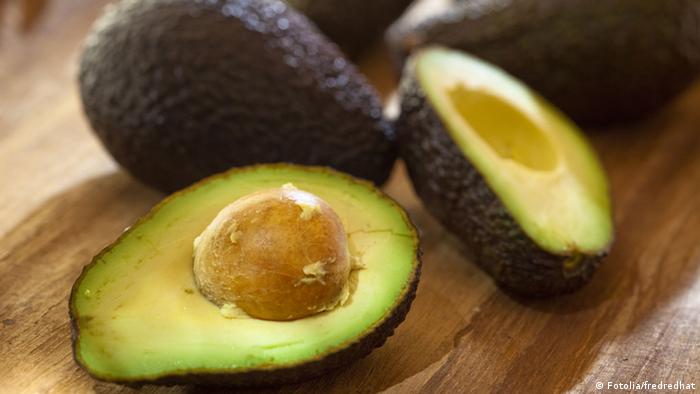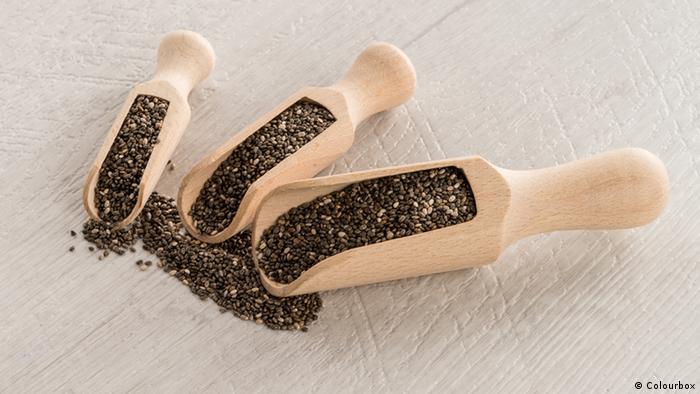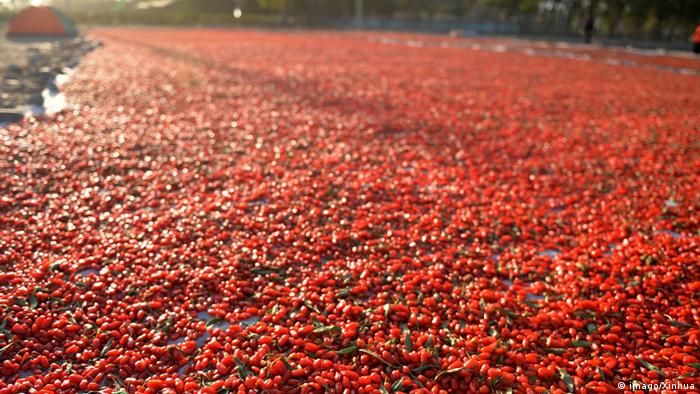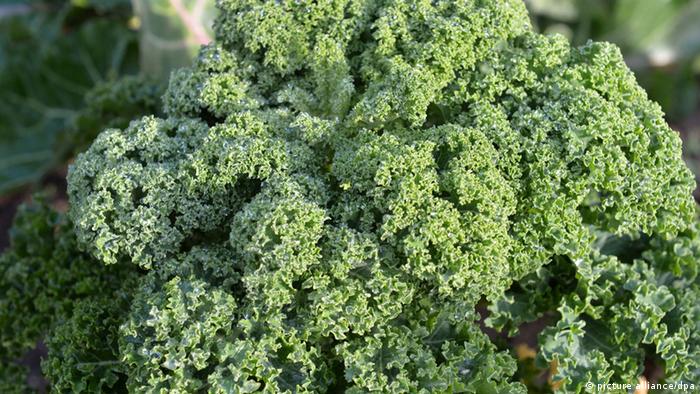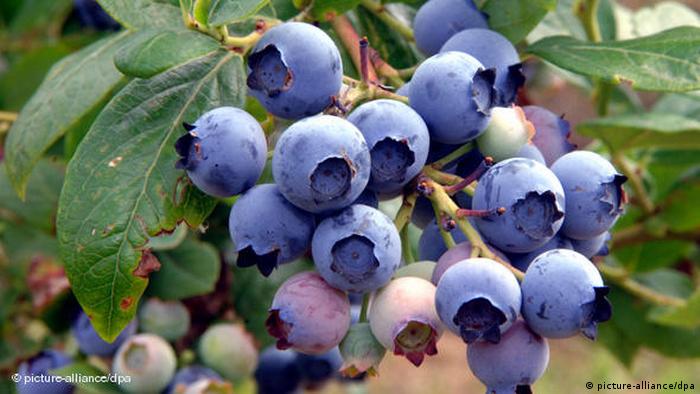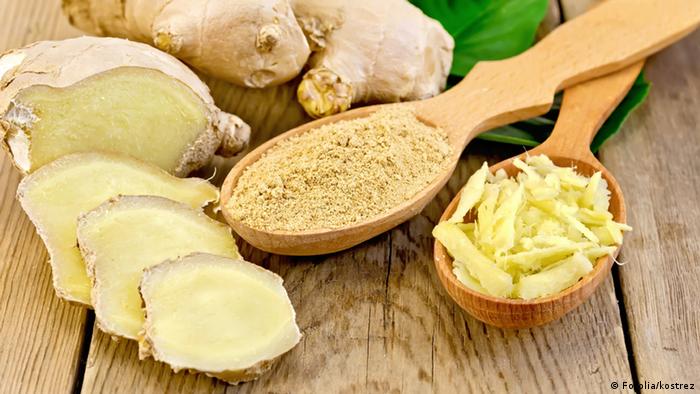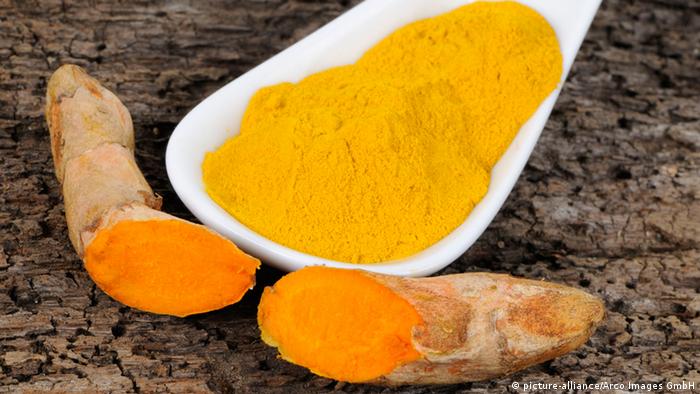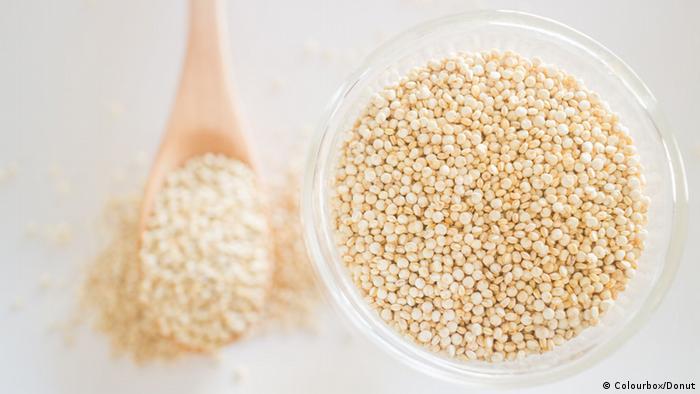E 218, E 202, E 406 – Have you ever wondered what’s behind the numbers with the “E”? It is additives in food. Not all of them are harmless.

The list of E-numbers seems to be almost infinite, and the consumers have been astonished and perhaps even shocked. More than 300 additives approved for use in Germany and Europe. Until 1993 there were in Germany only 265. Then the laws within the EU have been aligned, and the number of additional substances increased. All of these additives are tested by the European food safety authority and are on the packaging. E” stands for Europe
In the thicket of the “E-numbers”
For the consumer, it is almost impossible in the case of the E-numbers to understand – not to mention, what are the ingredients behind it, and how they work. Good and safe, or bad and hazardous to health? “If you are as a consumer in the supermarket, it is of course very confusing. Sometimes an “E” on the product but also the ’emulsifier’ or ‘preservative’.
The consumer knows, for example, that a food is dyed and that it looks like the ingredients are so good, but because the dyes are in there,” explains the biologist Christian Niemeyer. He is the head of the German additive Museum in Hamburg. The Museum was opened in 2008. On the one hundred square meters of space, a supermarket is modeled. The visitors can inform themselves about what additives are being used in which products. Also the Pros and cons are shown.

The German food additives Museum offers insights into the food industry
What what and what?
Additives are divided into different groups. These include for example:
Dyes – they ensure that food will get an appetizing and appealing color.
Preservatives – extend the shelf life of the product. This is achieved by bacteria, yeast and fungi. So food can be transported over greater distances.
Anti-oxidants – Including Vitamin C, Vitamin E, trace elements such as zinc and selenium. Some are complex chemical Compounds which are artificially manufactured, but also exist in nature. Prevent or retard Oxidation.
Thickening agents and humectants – they make sauces creamy, soups, and Desserts thick liquid, and increase the viscosity of a foodstuff. Thickening agents are often used in Light products, because they create the popular “creamy” consistency.
Acidifier
Extend the shelf-life of foods, many microorganisms are sensitive to acid. Acidifiers can also produce taste or strengthen.
Flavor enhancers
Different treatment methods can draw in foods the original taste affected. Flavor enhancers intensify the flavors, which are only in a weakened Form.
Sugar substitutes and sweeteners
The so-called sugar substitutes, for example, based on sweet plant juices. Sweeteners, in contrast, have no natural counterpart. They are many times sweeter than sugar, in part, to the up to 3,000-fold.
Away from the E numbers
Food additives to improve various properties of food, but not only. “You want to make to achieve an improved technical function with these substances, for example, to facilitate the production of such [food] machine-accessible to. This applies to industrially produced foods, such as soups or pasta,” says Christian Niemeyer. “If such a substance remains then but the food must be marked accordingly.”

To keep track of them, is not easy
Consumers have become in recent years a critical attitude towards food. Many fear that behind the E-numbers only dangerous additives hiding. The industry has responded. “At the Moment there is a clear Trend. The industry has recognized that it is better to write not so many E-numbers in the contents data, and to use instead, as naturally as possible-sounding names.” The word ‘citric acid’ of about the consumers have a certain image in your head,” says Niemeyer.
And the should call a positive Association than the designation E 330. So terms such as ‘orange flavouring, colour carotene’ in addition to ‘stabilizers, E 412, E 414 and E 445 can now be found on many foods’. Difficult it would be, however, if names such as quillaia extract (E 999), sodium 4-hydroxy-benzoic acid methyl ester (E 219), 4-hydroxy benzoic acid metylester (E 218), or calcium disodium ethylene-diamine-Tetra-acetate (E 385), instead of the E-numbers.
Caution dangerous!
In part, the additives are manufactured chemically, and bring health risks. For a number of additives, limit and tolerance values are set, and which are anchored in law. Many of the additives in foods are suspected of causing allergies or promote the development of cancer.
Some of the substances are now banned or to be used with extreme caution. For this purpose, the dye Amaranth (E 123), [not to be confused with the homonymous Plant] is an artificial substance. He is resistant to light, heat, and acids, and it has proved to be mutagenic. Amaranth can also trigger pseudo-allergies. However, the fabric is allowed to continue, if only for a few types of food. These are liqueurs, spirits and caviar. The German Museum of additives evaluated the substance as “unpleasant”.

Some additives are suspected to cause cancer to be
Boric acid can be dangerous, but it may be used. It is an artificial substance that preserves the food. Boric acid can accumulate in the body, and even organ damage. But don’t worry, boric acid has also good properties. In the budget it does good service as a mild disinfectant.
No wonder, then, that you can lead at high concentrations, Nausea and vomiting. As an additive E 284 boric acid or Borax is still used as an additive for real caviar is allowed, in order to achieve a longer shelf life. From a paper by the German Museum of additives, we learn: “Borax is used as a herbicide and as an insecticide against ants, fleas and cockroaches.”
However, this is only a small portion of additives that can be harmful to health. Also, the dye E 110 yellow orange. He cares for wine, rubber, substitute salmon or cheese for a more intense colour, but can also be a cause for kidney tumors – so, the result in animal experiments.
The fabric can also be the cause of Asthma and eczema. There is also Tin-II chloride (E 512). It is used as a color stabilizer. Consumer organizations recommend the consumption of larger quantities.
Interactions
Little the interactions of the individual additives to one another are explored. The same applies to the simultaneous consumption of additives and drugs. It is also unknown how many of the substances affect children. Just the Small act of candy in dazzling colors is very attractive. It is also crucial, what are the amounts children consume. Because you have larger quantities, can cause allergies and the immune system influence.
“There are, of course, substances of which you know that they are not metabolized by the body so well and that certain dyes can promote allergies. There are certain emulsifiers, which are suspected to affect the intestinal membrane. Partly substances have lost in the last years of their admission,” explains Niemeyer.
Nothing New

For children, the following applies: The more colorful, the better
Additives there are only a few years. “Supplementary materials to accompany mankind from the dawn of civilizations. Even then, people have used various substances and trying to stretch food or beautiful. It is, therefore, not a phenomenon of the early food industry,” Niemeyer remembered.
What is the cake without the baking powder and a strawberry ice cream without strawberry taste? Nothing without the additives! But the ultimate experience of taste and the attractive appearance of food can also have their price – at least if the food to be uncritically consumed. So, on the packaging of a large, to read the colourful Lollipop: “May affect activity and attention in children”. Since parents and children should avoid perhaps but better on the seductive candy.

